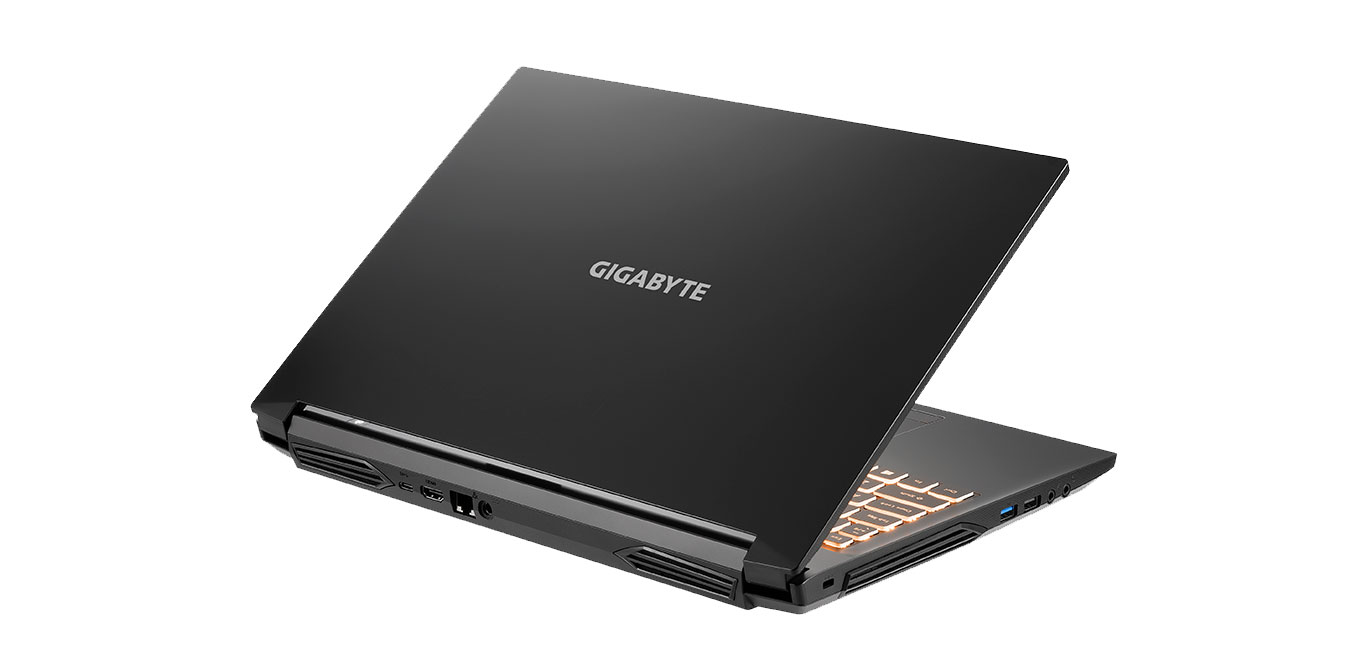We have our first benchmark sighting for the highly-anticipated RTX 3060 mobile GPU from Nvidia. The GPU was spotted in a Gigabyte G5 running Geekbench 5’s OpenCL benchmark.
The RTX 3060 will be Nvidia’s latest mid-range GPU for mobile devices. The GPU comes with a fully unlocked GA106 core with 3840 CUDA cores (yes, more than the desktop variant) and a combination of either 14Gbps or 12Gbps VRAM with 6GB of capacity (yes, potentially half the VRAM of the desktop card). The 3060’s power consumption will vary significantly depending on the laptop model, with a configurable TDP of 60-115W depending on the OEM’s design choices.
In the Gigabyte G5, the RTX 3060 scored 93,263 points in the OpenCL benchmark. This equates to performance just below a desktop RTX 2070 Super and just above the RTX 2080 Super Max-Q. Yes, you read that correctly: RTX 2070 Super (Max-P) tends to outperform RTX 2080 Super Max-Q. That’s why Nvidia’s decision to obfuscate RTX 30-series mobile power levels even more annoying.
If these results are indicative of real-world performance, the RTX 3060 in the Gigabyte G5 laptop offers excellent performance for a mid-range laptop. Unfortunately, we have no idea of the 3060’s TGP in the Gigabyte G5 (probably at the higher end of the TGP range), and other aspects of the latop configuration (memory, CPU, storage) can also impact performance.
Image 1 of 3
Image 2 of 3
Image 3 of 3
This has become an ongoing problem with mobile Ampere, as each GPU model can run at significantly variable TGPs. According to Nvidia’s site, an RTX 3060 laptop can run from a minimum spec of 60W (“Max-Q”) up to 115W, a near doubling of the total power limit. In short, performance for Nvidia’s mobile Ampere GPUs depends on more than just the GPU model number.
The GPU core counts on an RTX 3060 will be the same, whether that’s a 60W model or a 115W model, but clock speeds are directly impacted by power limits. The design of the laptop chassis and cooling solution for the GPU are major factors in overall performance, and based on what we’ve seen with RTX 20-series Max-Q parts, the performce difference between minimum power and maximum power variants could be as large as 30 percent.
This represents a double-edged sword for the laptop industry. It’s a positive for manufacturers, as they can produce quality thin and light laptops with better thermals and acoustics. It could turn out to be a nightmare for consumers, however, trying to determine whether you’re getting a “fast” high-power laptop or a “slow” low power laptop. Generally speaking, we expect most laptops that fall into the thin and light category to use lower TGP configurations.
Back to the Gigabyte G5 laptop, we suspect this specific RTX 3060 model uses a higher TGP setup. The G5 measures 361x258x27.9mm, so it’s a bit thicker and bulkier and thus has the potential to properly cool a 100W GPU. Sadly, the only way to know for certain how it performs relative to other RTX 3060 models is to test each one.
